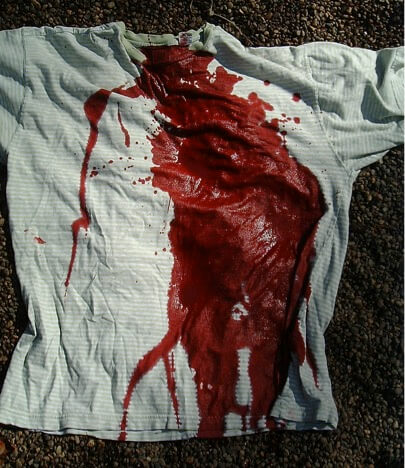Knowing the quantity of blood loss helps estimate the likelihood of shock 🕖 Reading Time, 5 minutes Having a sense of how much blood a trauma patient “spilled” on the ground can be very helpful for understanding and estimating the …
Massive hemorrhage is the leading cause of preventable death from injuries.
How much blood loss is too much?
In December 1970, the US military published data on 7,800 soldier and Marine casualties from the conflict in Vietnam. In that data, specifically 10% of combat fatalities were from extremity hemorrhage. This dataset would later form the first TCCC guidelines in 1996. With the widespread adoption of tourniquets by the US. Military in the early 21st Century, death from massive extremity hemorrhage is now unusual in combat. This improvement has lead to greater awareness of massive hemorrhage from “junctional areas” like the neck, axilla/armpit, and groin, areas not amenable to circumferential tourniquet placement. To be facile at controlling massive hemorrhage, wound packing is a needed but often neglected skill set.
🕖 Reading Time, 3 minutes In our race to use tourniquets for controlling hemorrhage, we often lose sight of the value of good direct pressure as a hemorrhage control technique. Proven commercially available tourniquets are almost always going to be …
It is not a tourniquet if if does not have a windlass. 🕖 Reading Time, 7 minutes Recent news articles describe many cases of the public placing “tourniquets” without windlasses on injured individuals to stop bleeding. However, if you look …
🕖 Reading Time, 9 minutes A friend I have known since junior high and I were recently discussing tourniquets and hemorrhage control. While not an unusual discussion topic among my friends, Robert Meyer Burnett does not work in EMS or …




